The Impact of Sustainability at Europe’s Busiest Port
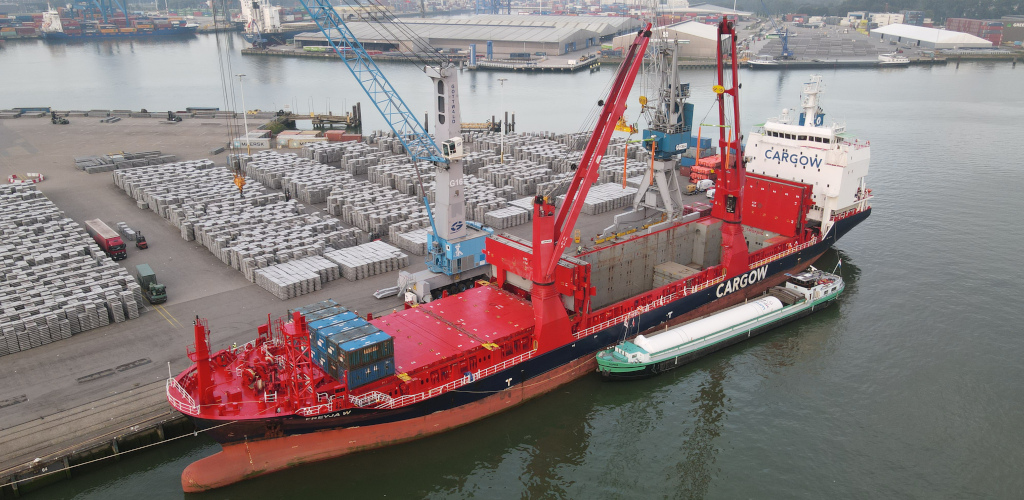
Change is far from easy, but we are on the right track.
The energy transition is undoubtedly one of the major game changers of our time. It is a direct result of the need for a more sustainable world. For the EU, this has become even more urgent because of the war in Ukraine and the need to be less dependent on Russian gas.
Cleaner, more sustainable alternatives, such as LNG, are being looked at. But sustainability is more than that: circularity, shore power, digitisation and more efficient supply chains are ingredients for a sustainable future as well. Sustainable thinking simply cannot be ignored any longer. That provides abundant opportunities for the breakbulk sector.
Europe is leading the way and has set itself the goal of being CO2 neutral by 2050. The agreement is to reduce CO2 emissions by 55 per cent by 2030 compared to 1990. The discussion now focuses on the “how”.
The Port of Rotterdam, host port for Breakbulk Europe 2023, taking place on 6-8 June at the Rotterdam Ahoy Convention Centre, has drawn up several future scenarios for 2050.
“If we look at the impact of sustainability on breakbulk, we see increasing throughput in most of these scenarios. In three of the four scenarios, we also see a growing share of breakbulk in total volumes,” said Hugo du Mez, advisor – strategy and analysis at the Port of Rotterdam.
The Port Authority identifies two sustainability pillars specific to the breakbulk sector.
“On the one hand, storage and transhipment, or changing flows of goods. On the other hand, the sustainability of different links in the supply chain – what do breakbulk terminals themselves do, for example”, said Joost Eenhuizen, business manager for the breakbulk and offshore industry at Port of Rotterdam.
For storage and transhipment, the business manager highlights changing commodity flows for non-ferrous metals as well as for new materials like lithium, and in steel transhipment.
“Total volumes are expected to grow, partly as a result of growing electrification. And the diversity of commodities is increasing,” du Mez said.
“Also, because supply chains are changing and a shift is seen from raw materials to semi-finished products. Or better, from bulk to breakbulk. The long term will tell whether these changes are permanent or not. What is certain is that sustainability is having a positive effect on the breakbulk sector in Rotterdam.”
By this, he is referring to tangible projects, such as the growing number of offshore wind farms. Demand for non-ferrous metals like copper, nickel, lithium and aluminium is rising to unprecedented levels, partly as a result of that growing number of farms.
For heavy-lift and project cargo, the impact is potentially even greater. Production facilities worldwide that currently use coal or other fossil fuels as feedstock are switching to cleaner energy sources.
The handling and shipping of components for electrolysers, hydrogen storage tanks, compressors and battery stations obviously drives breakbulk supply chains as well: “Breakbulk terminals have a vital role to play here”, du Mez said.
“On the other hand, these breakbulk terminals themselves are not idle either,” Eenhuizen added. “They are increasingly focusing on electrification. In this, the terminal investment in solar panels and diesel-powered equipment is being replaced by cleaner electric equipment. Shore power is also a hot issue for breakbulk terminals.”
Du Mez calls shore power the “big story” of the moment: “Right now, shore power is not yet a legal requirement for breakbulk vessels, but developments are casting their shadow.”
The executive pointed to existing hurdles still to overcome on the way to a sustainable future: “Change is far from easy. Especially with breakbulk terminals, expertise is crucial, as terminals can vary significantly. That makes it extra complex. But we are on the right track.”
The pilot agreement between the Port Authority, shipping company CargoW and the Steinweg terminal in Rotterdam’s Eemhaven is a perfect example. Connecting multipurpose ships to shore power during their time in Rotterdam reduces CO2 emissions by more than 10 percent.
“These kinds of projects provide all stakeholders, including us as Port Authority, with information and expertise, with which we can in turn help other terminals and parties,” du Mez said.
More information on Rotterdam’s clean energy drive:
https://www.portofrotterdam.com/en/logistics/cargo/breakbulk
https://www.portofrotterdam.com/en/news-and-press-releases/pilot-for-mobile-shore-based-power-on-hydrogen-with-cargow-at-steinweg
https://connect.portofrotterdam.com/whitepaper-opportunities-and-threats-for-breakbulk-sector
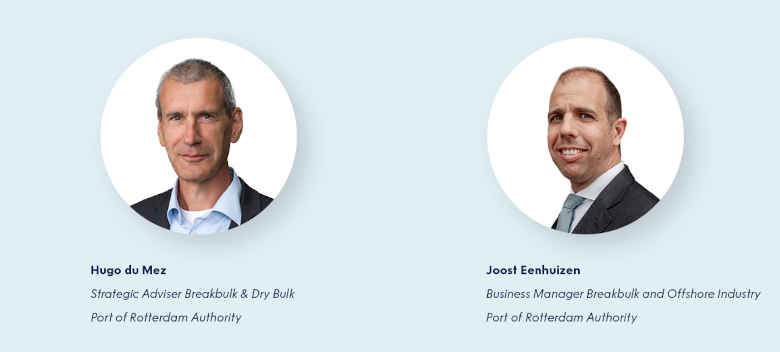
TOP PHOTO: Freyja W (CargoW), docked alongside the quay at the Steinweg Beatrix terminal where the shore power pilot will be conducted. CREDIT: Port of Rotterdam
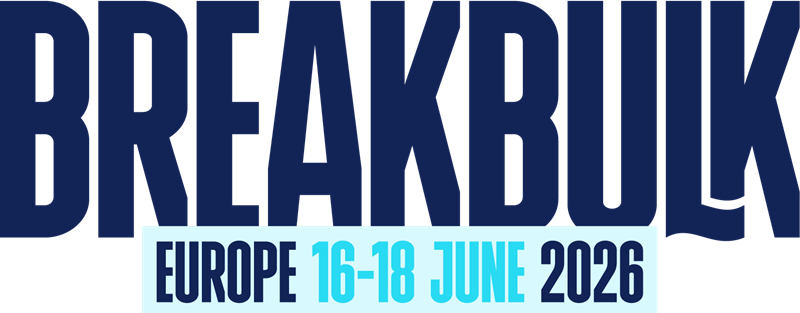




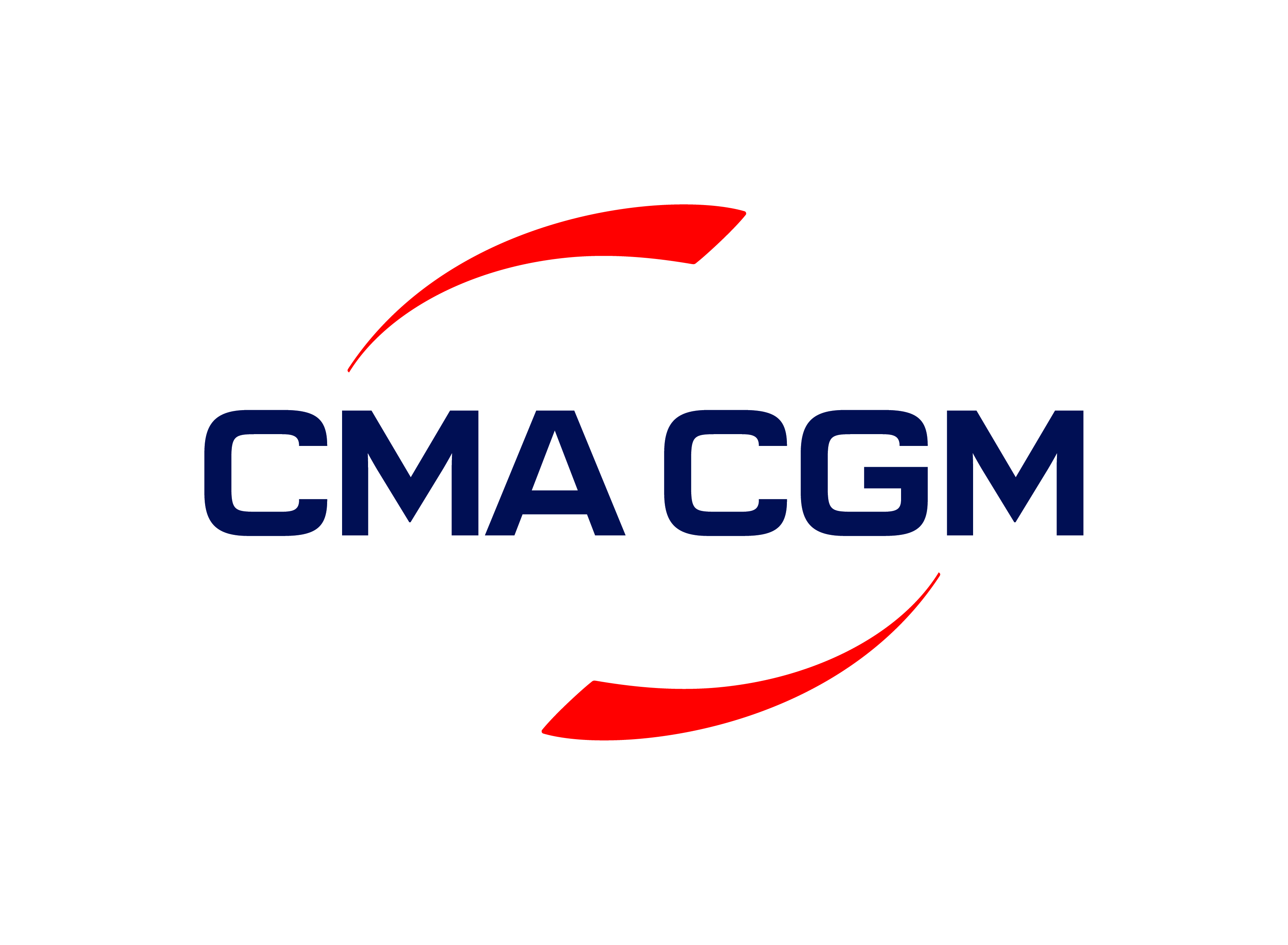
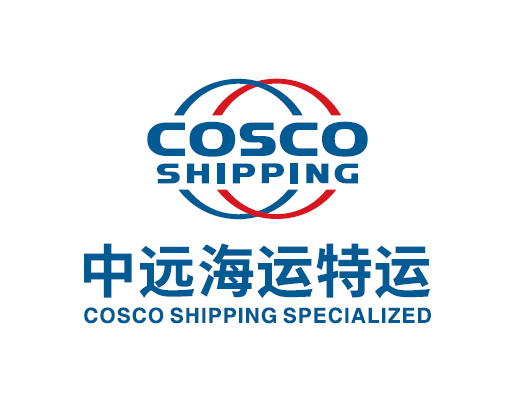

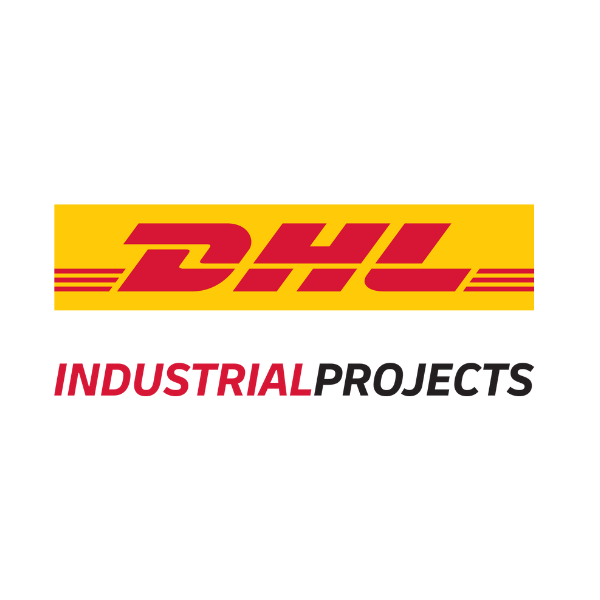
.png?ext=.png)

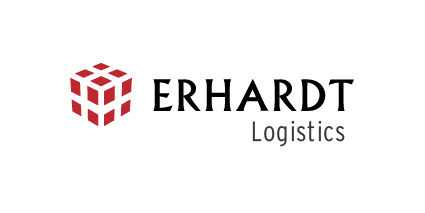

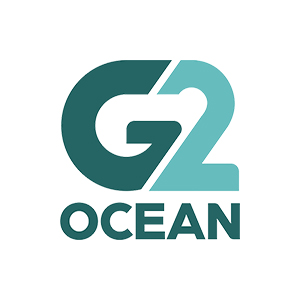
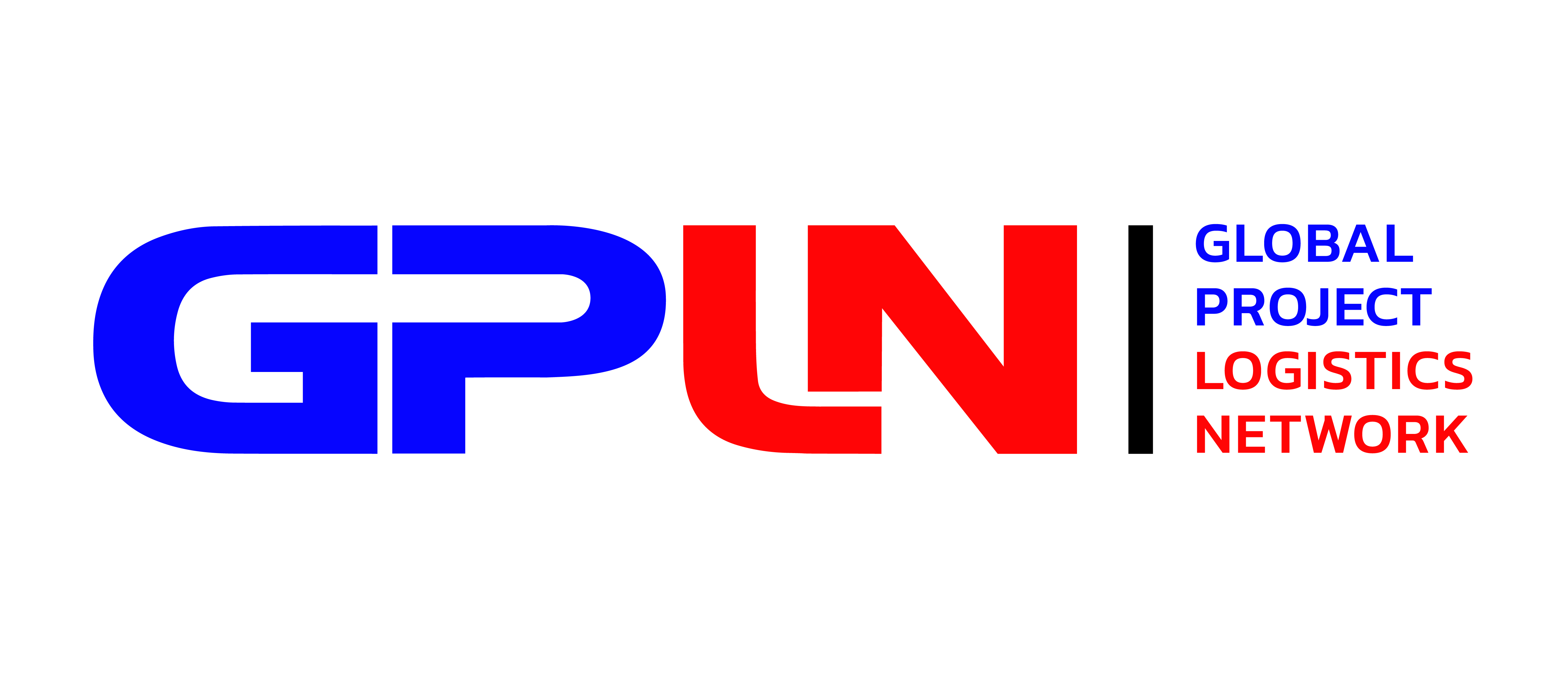


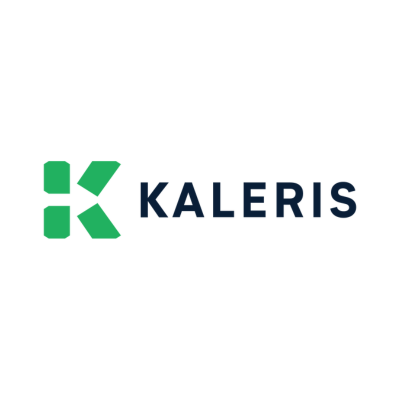
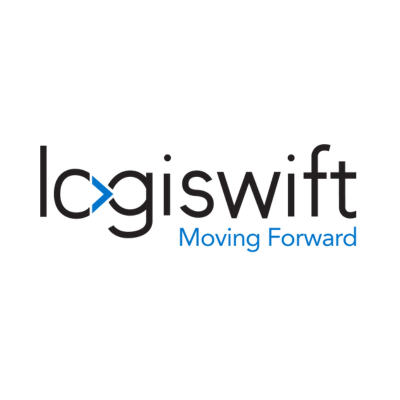
.png?ext=.png)




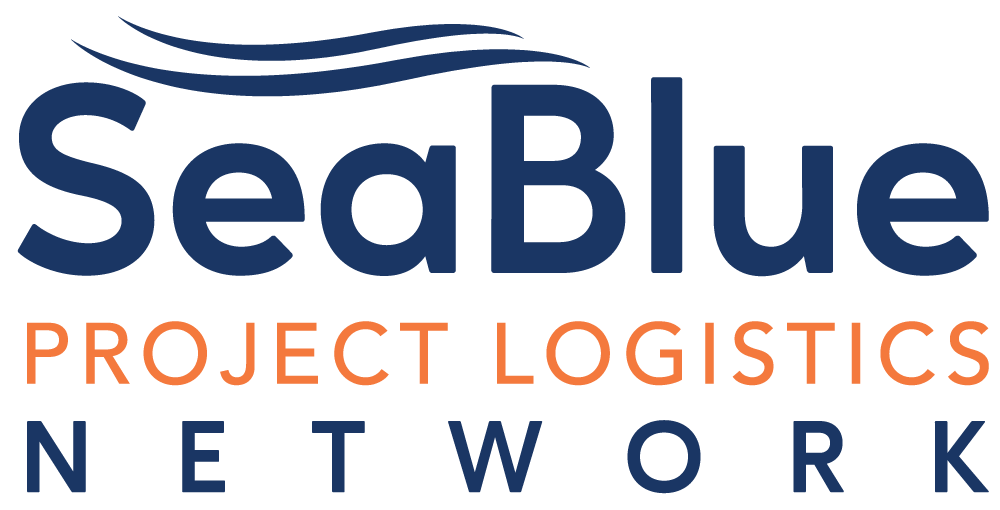
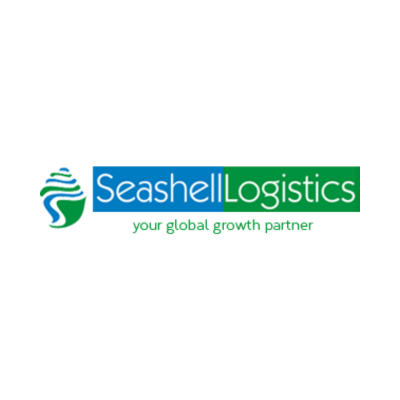
.png?ext=.png)



